Truffle (family Tuber) is a rare type of mushroom that grows naturally under the soil next to the roots of certain trees or shrubs, especially oaks and holm oaks, where they establish a symbiotic relationship with the plant.
Truffle is a highly prized and sought after culinary delicacy. Its typical smell, both penetrating and persistent, develops only when it is completely ripe in order to attract wild animals such as boars, foxes and badgers: these animals, while digging in the ground, help spread its spores that are essential to perpetuate the species.
HISTORY
The earliest records of truffles appear in the Naturalis Historia, an early encyclopedia published circa
AD 77–79 by the Roman author Pliny the Elder. At that time it was a common idea that this precious fungus was born from the combined action of water, heat and lightning and it became part of mythology: the poet Juvenal explained that its origin is due to a thunderbolt hurled by Jupiter in the vicinity of an oak tree (a tree that was considered sacred to the father of the gods). As Jupiter was also famous for his prodigious sexual activity, truffle has always been appreciated throughout history for aphrodisiac qualities.
From a book written during the Italian Renaissance period called Opusculus de Tuberis (1564) we learn that truffle has always been a highly valued food that was consumed on the tables of noble Italian families. For some, its aroma was a kind of "fifth essence" that caused an ecstatic effect on the human mind.
PRODUCTION
Truffles are relatively rare, their growth is dependent on seasonal factors as well as environmental. The production quantity is different each year and only the expert truffle hunters are able to “read” the environment to understand when the time is right and where to find them.
Italy is one of the world's largest producers and exporters of truffles. Across the peninsula you can find all species of truffle used in cooking which are collected exclusively by trained dogs. These dogs work together with a truffle hunter who trains them on how to find these special tuberi. At the same time he passes down this tradition to the younger generations of truffle hunters. The use of pigs has been completely abandoned in Italy and it is even forbidden by law since 1985. In fact these animals could damage the soil and, because they are hard to train, they may bite or eat the truffles, yet they are still widely used in other countries. The same law issued in 1985 forbids the use of tools to dig the ground, as they are very likely to destroy the delicate balance of the soil and ruin the roots.
BENEFIC PROPERTIES
Recent scientific studies have proven the many beneficial properties of truffle: it is rich in antioxidants that fight free radicals, it helps to brighten the skin and to fight stains that form with aging thanks to an enzyme that regulates the production of melanin.
Truffle is also rich in essential amino acids, proteins and minerals that have scientifically proven effects in soothing and regenerating stressed skin. Truffle was indeed used for beauty treatment since old times, but following the most recent scientific studies its esthetic use is growing steadily and truffle cosmetics are becoming increasingly more popular.
Furthermore, it appears that the truffle has also an antidepressant action. Charles Cinnamon, president of the National Research Institute for Food and Nutrition, explains that this type of effect comes from our sense of smell when we allow ourselves a dish made with truffle because its strong scent stimulates the production of endorphins. Ultimately, the odorous component is the one that triggers the mechanisms of good humor. This ingredient can turn a simple fried egg or pork chop into a gourmet delicacy, a culinary experience which peaks with our sense of smell.
MOST COMMON TYPES OF TRUFFLE
Europe appears to have the most phylogenetic diversity of Tuber, particularly represented by basal lineages, suggesting that this continent may be the point of origin for the genus. Some of the most common are as follows:
Summer Black Truffle (Tuber Aestivum)
Aroma intensity is medium. The flavour of summer black truffle has a predominantly strong creamy-fruity apricot, malty-nutty aroma with a moderate savoury earthy quality, without any musky notes. It is delicate and pleasant, like roasted malt and slightly seaweed, fuller flavoured than the scorzone black, without the smoky note of the autumn black. Young specimens smell like peanuts, becoming woody-nuttier as they mature. The flavour is enhanced when stored in an enclosed container.
White Truffle (Tuber Magnatum Pico)
Mostly found in Italy, its aroma intensity is very strong. The flavour of winter white truffle has a rich and complex combination of ethereal creamy sweet with nutty-cocoa and distinct green aroma with a pronounced savoury quality dominated by a garlicky note blended with earthy asparagus and cabbage, and modified by musky-spicy note. It is penetrating and the distinctive meaty alliaceous-garlic note is unmistakable. The winter white aroma is the most pleasant and unique among truffles. Specimens that grow in contact with oak trees have the most persistent (long-lasting) aroma, and with hazel trees, the most intense (strong-smelling).
Muscat Black Truffle (Tuber Brumale)
Aroma intensity is medium. The flavour of muscat black truffle has a pronounced sweet ethereal fruity-berry, grape-like aroma with a milder savoury asparagus-turnip and only lightly musky-spicy nutmeg quality. It is distinctive and pleasant, similar to that of the autumn black but more distinctive and less persistent than that of the winter black, and not as pleasant.
Winter Black Truffle (Tuber Melanosporum)
The Winter Black Truffle is highly sought after for its subtle aroma described as mixture of “chocolate and earth”. Aroma intensity is very strong. The flavour of winter black truffle has a rich and complex combination of pronounced ethereal sweet fruity almost strawberry and malty-nutty like cream corn, slightly spicy, burnt coffee-cocoa aroma with a milder savoury-musky earthy asparagus quality. It is persistent, distinctive, surprisingly variable and very pleasant; less pungent and more delicately sweet-spicy and overall milder than the winter white. Its fruity aroma reminiscent of wild strawberries is quite characteristic.
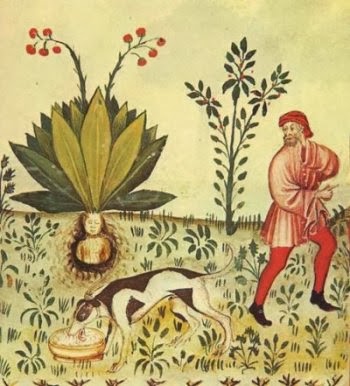
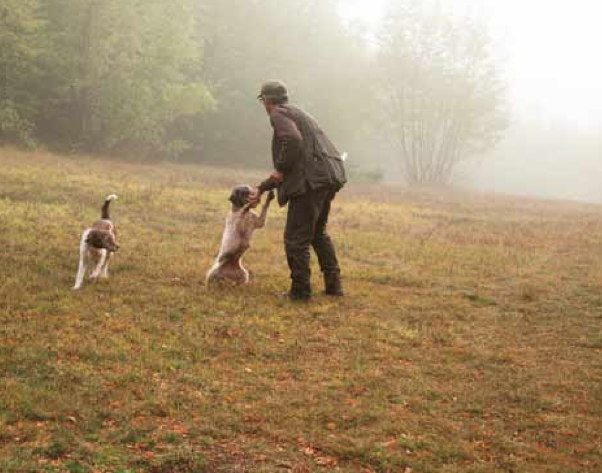
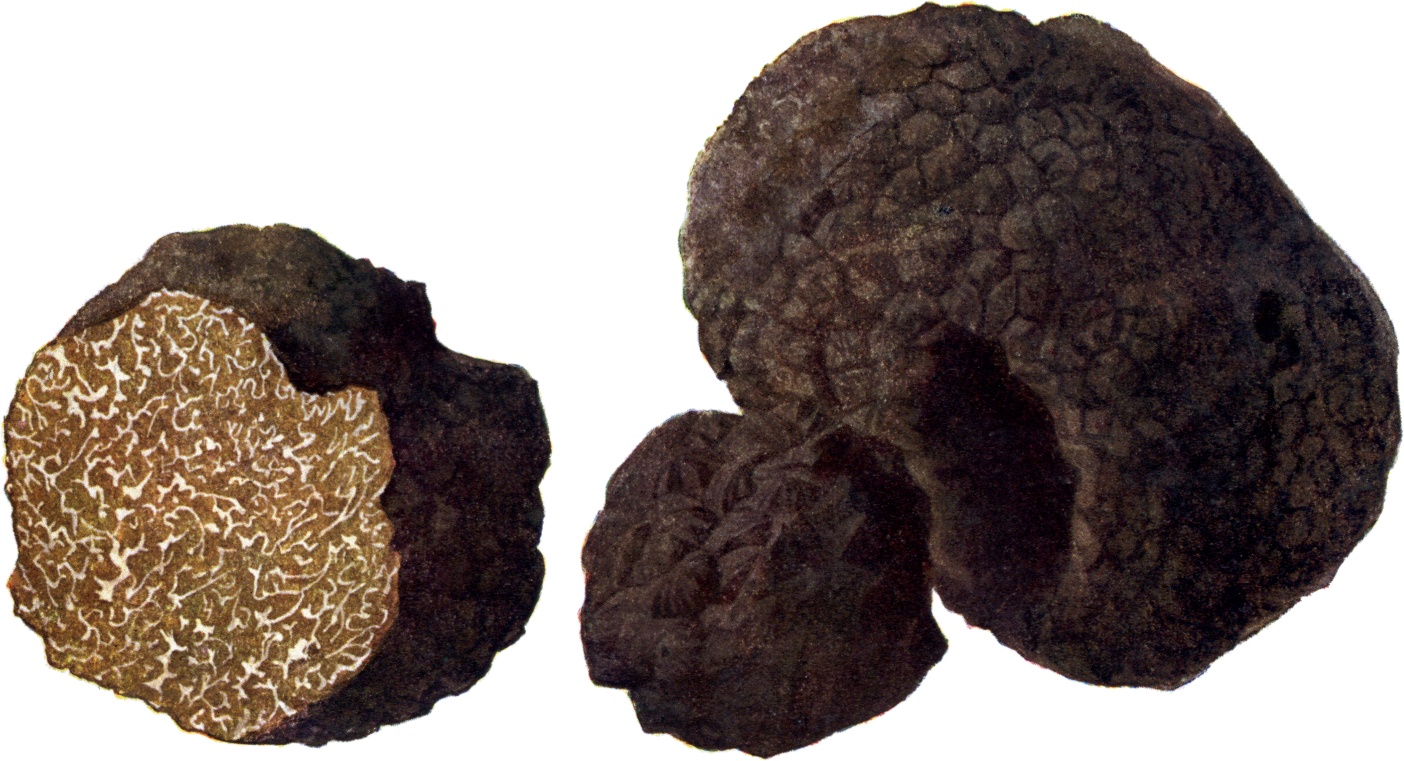
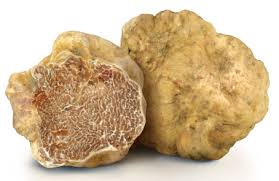
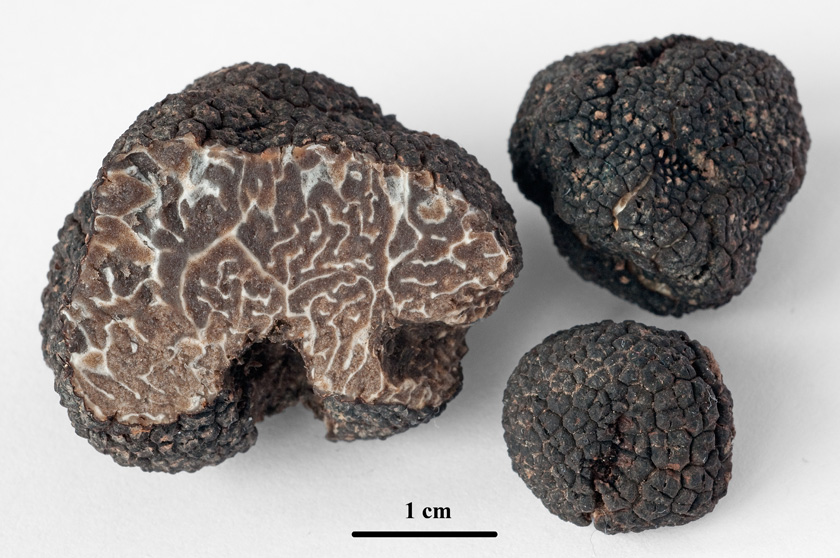
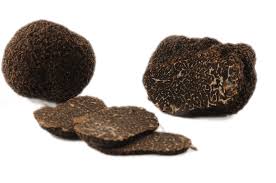
No comments:
Post a Comment